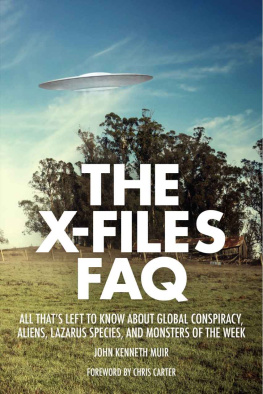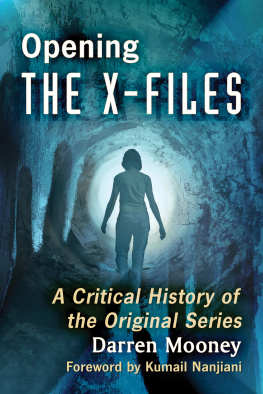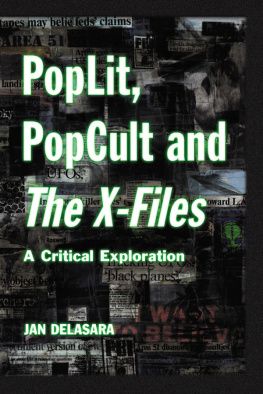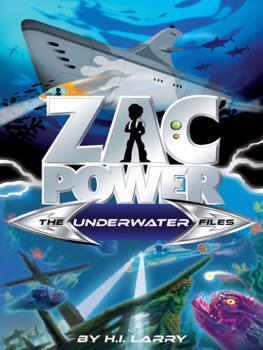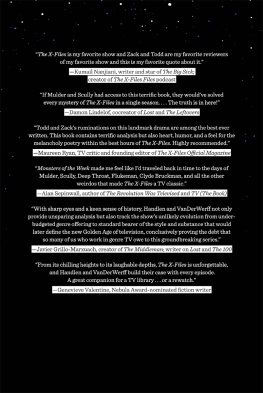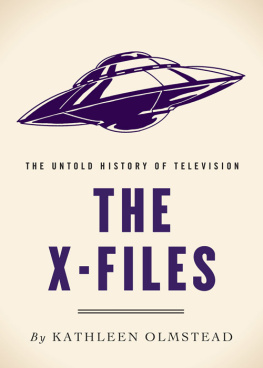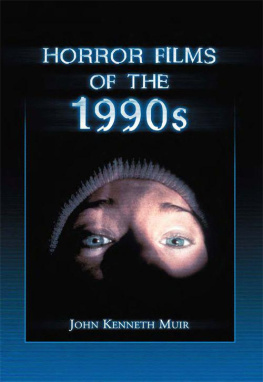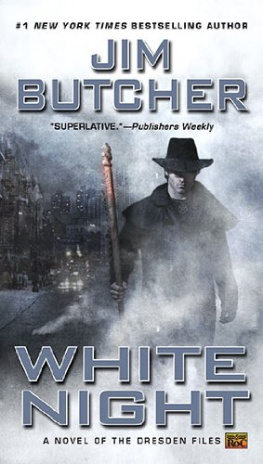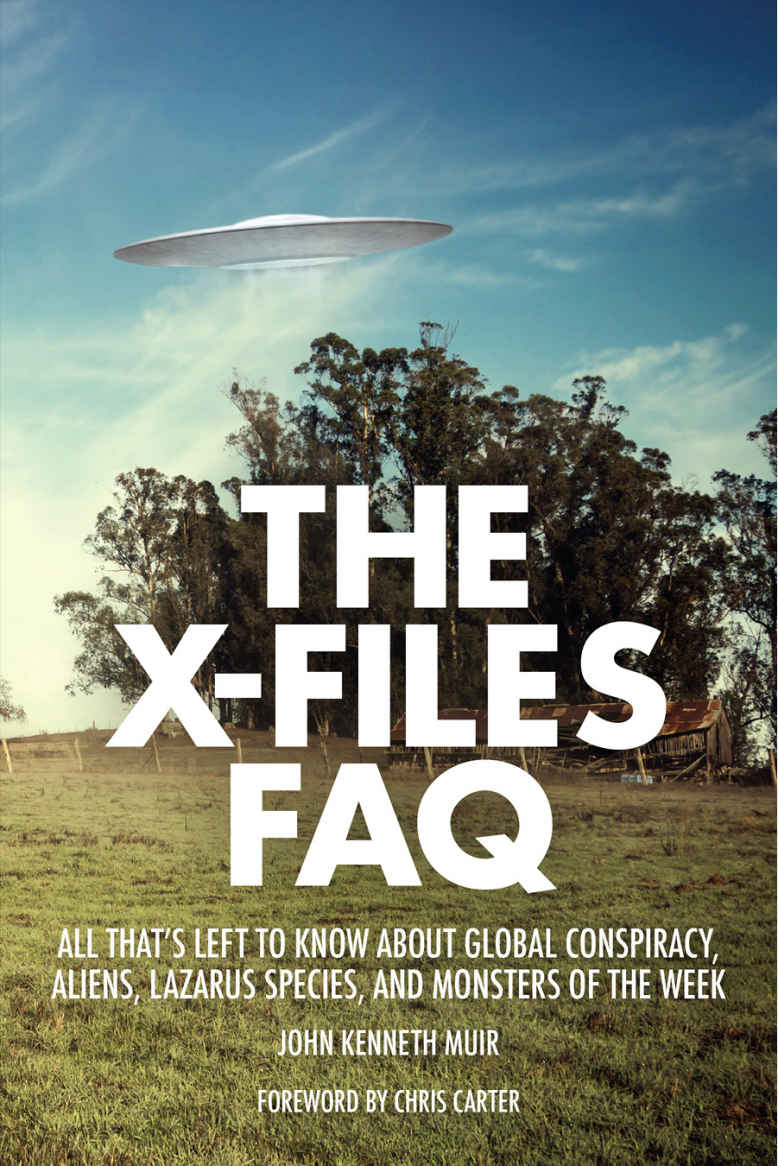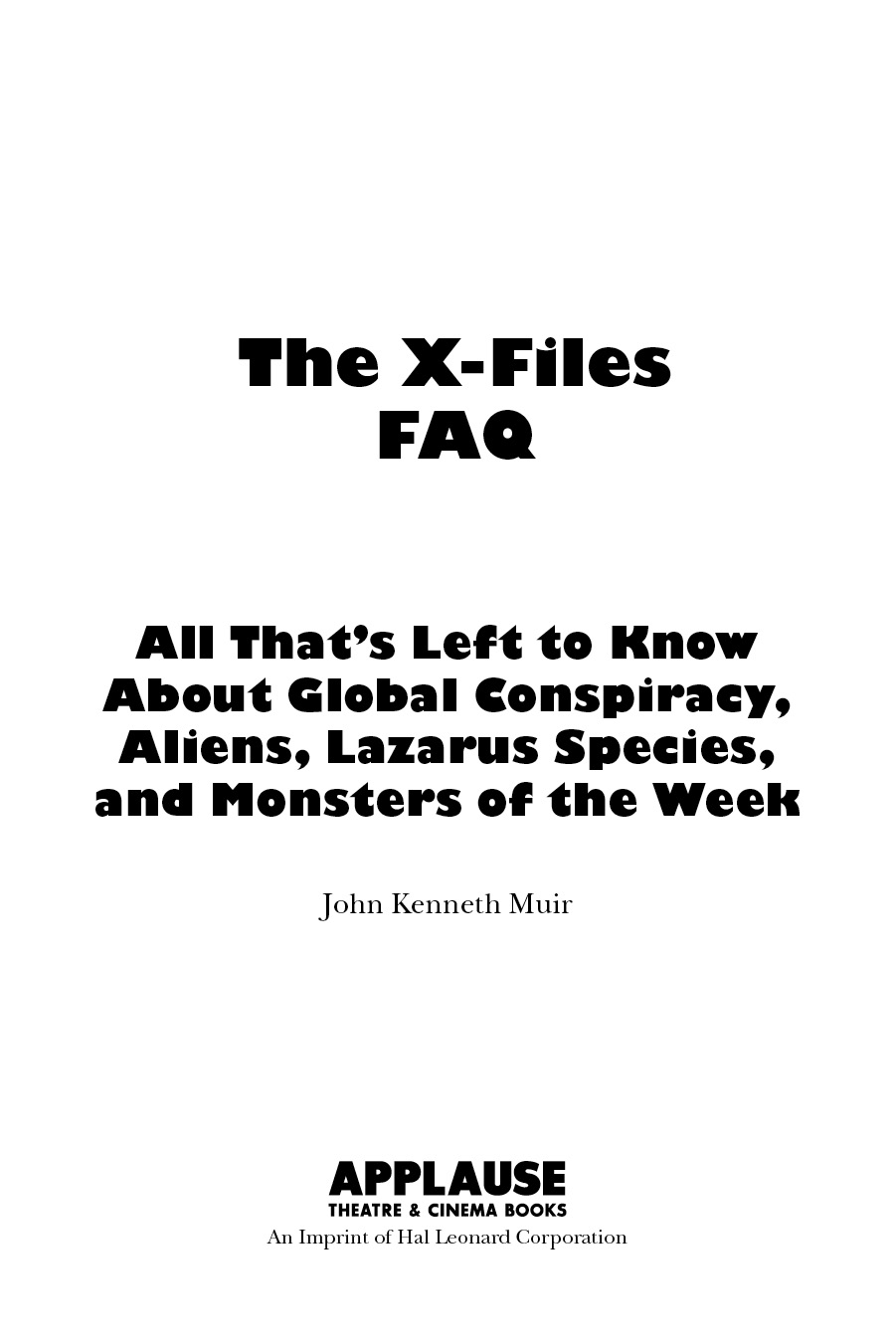Copyright 2015 by John Kenneth Muir
All rights reserved. No part of this book may be reproduced in any form, without written permission, except by a newspaper or magazine reviewer who wishes to quote brief passages in connection with a review.
Published in 2015 by Applause Theatre & Cinema Books
An Imprint of Hal Leonard Corporation
7777 West Bluemound Road
Milwaukee, WI 53213
Trade Book Division Editorial Offices
33 Plymouth St., Montclair, NJ 07042
All photographs are from John Kenneth Muirs personal historical archive.
The FAQ series was conceived by Robert Rodriguez and developed with Stuart Shea.
Printed in the United States of America
Book design by Snow Creative Services
Library of Congress Cataloging-in-Publication Data
Muir, John Kenneth, 1969
The X-files FAQ : all thats left to know about global conspiracy, aliens, Lazarus species, and monsters of the week / John Kenneth Muir.
pages cm
Includes bibliographical references and index.
ISBN 978-1-4803-6974-0 (pbk.)
1. X-files (Television program)-Miscellanea. I. Title.
PN1992.77.X22M85 2015
791.4572dc23
2015016075
www.applausebooks.com
This book is dedicated to my wife, Kathryn, who discovered The X-Files first and then watched it with me for years, and even on our honeymoon.
And for Joel, my eight-year-old son, who asks, on the way to school, to be told another X-Files episode, and then another, and another....
And to the memory of Kim Manners, an artist who raised the stakes, challenged the viewers, and left us far too soon.
Contents
As I write this, we are shooting the second episode of the six-episode event series that will air on Fox in late January 2016.
It will be the first time the series has aired on TV in fourteen years, and it will be twenty-three years on from the airing of the pilot episode in 1993. That period encompasses about a third of not just my life but the lives of many people who have come back to work on the show now. The comeback could be viewed cynically as an attempt by Fox execs to capitalize on The X-Files brand, programming by feather duster, but let me destroy any notion of this from my side of things. Or our side of things, as is the case.
The show was and is a labor of love, and thus a work of art. It takes a great many people working in absolute harmony to create something lasting on television. It is this esprit de corps that makes it all worthwhile. This does not happen accidentally, and Id like to make it abundantly clear that while I created the show, a great many artistic souls have raised that infant idea into the monster it is today. Beginning with Morgan and Wong, and Gordon and Gansa, in the beginning, Messrs. Spotnitz, Gilligan, and Shiban in the end, the show was protean by nature, including the efforts of writers who came and went and whose contributions are under-sung.
And as you will read in the always impressive and thoughtful musings of John Muir, the writing is only half of it. We work in a visual medium, and the show somehow managed to turn that rectangle box we all viewed each week into something special and often unexpected. The signature qualities of mood and light and perspective can be attributed largely to production design by Michael Nemirski in the pilot, to Graeme Murray and Corey Kaplan on the series, but also to Tom Del Ruth, John Bartley, Jon Joffin, Joel Ransom, and Bill Roe, who lit and photographed it. All under some of the most talented directors and storytellers TV has even known: Rob Bowman, Kim Manners, David Nutter, and R. W. Goodwin. A managers dream starting rotation, backed by a bullpen of long and short relievers who stepped in and stepped up. This is not lip service or faint praise. These people helped save my life.
In John Muirs introduction, Im quoted as saying, I didnt understand what I didnt understand, in reference to running the show in the beginning. This is true, but Id like to put a finer point on that. I didnt know what we couldnt do is more like it. From the outset, we tried anything and everything we could think of. Met with much resistance, both creative and financial, we managed to do a great many things simply because our imaginations were wilder than the forces trying to tame them. That was also not an accident, and people such as Peter Roth, Ken Horton, Charlie Goldstein, two Jeffs named Eckerly and Glazer, and also Jonathan Littman came to understand we knew what we were doing and rallied in support. Executive Producer R. W. Goodwin was often a convincing voice of reason.
But as Ive always maintained, none of our good work, artistry, or effort would add up to much if it werent for Mulder and Scully. David Duchovny and Gillian Anderson brought, and now continue to bring, power and soul to characters who surprisingly continue to grow. To watch them step back into old shoes and bring something new has been a joy. They and the characters have grown wiser with the years, and as Im often reminded, adversity is the forge of character.
Not just in them, but in us.
I gratefully acknowledge the help and assistance of my agent, June Clark, and Marybeth Keating, without whom this book would not exist. Also, I would like to thank every writer, director, cinematographer, actor, and other participant on The X-Files who made the series the greatest pop culture phenomenon of the 1990s. Also, sincerest thanks to Chris Carter and Gabe Rotter for their support over the years.
Introduction:
It seems impossible to believe that Chris Carters series The X-Files (19932002) premiered more than two decades ago. Even today, twenty-two years later, I carry vivid memories of watching the first seasons episodes on Channel 35 in Richmond, Virginia, a Fox affiliate. My then-girlfriend (now wife) Kathryn and I were engaged to be married and lived together in a small garden apartment during that span, while I commuted downtown on the bus each day to a job at the Supreme Court of Virginia.
I also recall thatas described by the pressthe fall TV season of 1993 was shaping up to be something special, or at the very least noteworthy: a genre slugfest on Sunday nights between Steven Spielbergs undersea fantasy-adventure Sea Quest DSV (19931995) and ABCs romantic superhero-lite adventure Lois and Clark: The New Adventures of Superman (19931996).
Nobody in their right mind would have or could have predicted back in September 1993 that a horror-based TV series about UFOs and the paranormalairing on upstart, half-a-decade-old Fox Network on Friday nightswould outperform and outlive both of the aforementioned high-profile genre programs and garner much more popularity and critical success than either in both the short and long run.
Indeed, while those two programs remain cult favorites for niche audiences today, The X-Files morphed into something quite different: a pop culture legend and the highest-rated horror-based television series in the history of the medium.
Indeed, when most American audiences remember television in the 1990s, they immediately recall, at least in my experience, two specific series: the sitcom Seinfeld (19891998) and The X-Files.
Both series are touchstones for more than one generation of Americans. And though many horror-themed series since The X-Files have built upon its considerable successes, few (if any) have surpassed the program or achieved the same level of wide cultural popularity. AMCs The Walking Dead (2010present) probably comes closest, and yet its highest-rated episodes are still routinely seen by fewer people than the lowest-rated episodes of The X-Files were, broadly speaking.

